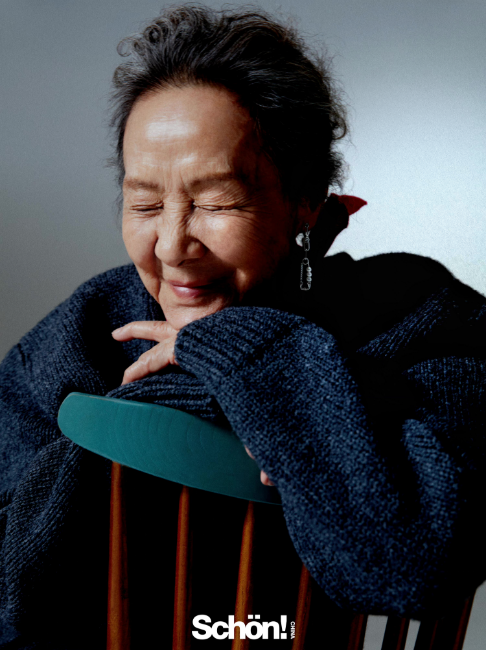World鈥檚 oldest drawing is Stone Age crayon doodle
Sometime in the Stone Age, human artists began experimenting with a new form of visual art: drawing. Now, from the ancient rubble that accumulated on the floor of a South African cave comes the earliest-known example 鈥?an abstract, crayon-on-stone piece created about 73,000 years ago.
鈥淚f there is any point at which one can say that symbolic activity had emerged in human society, this is it,鈥?says Paul Pettitt, an archaeologist at Durham University, UK, who was not involved in the discovery. The find is described in a paper published on 12 September in in Nature1.
Prehistoric people (Homo sapiens) lived in and around South Africa鈥檚 Blombos Cave between 100,000 and 72,000 years ago. Earlier excavations had already indicated that they were an arty bunch: archaeologists have uncovered beads at the site fashioned from sea-snail shells, as well as pieces of bone and chunks of ochre 鈥?a clay mineral rich in iron oxide 鈥?engraved with geometric patterns.
The archaeologists working at the site 鈥?including Christopher Henshilwood of the University of Bergen in Norway 鈥?had also found hints that the cave鈥檚 ancient inhabitants were keen painters. In 2011, the team announced it had discovered an ancient artistic 鈥渢oolkit鈥?which included a couple of large snail shells containing residues of an ochre-rich paint2.
#StoneAgeArt
Now scientists know the Stone Age cave-dwellers liked to draw, too. In 73,000-year-old deposits at the site, Henshilwood and his colleagues discovered a four-centimetre-long pebble criss-crossed with nine lines. The lines appear to have been drawn with an ochre crayon, rather than painted on the surface. The artwork has given researchers their first insight into how Blombos cave鈥檚 prehistoric inhabitants used ochre as a pigment.
鈥淲ith the toolkit we reconstructed how paint was made, but we knew little about what it was it used for,鈥?says Henshilwood. 鈥淲ith this object we can, to some extent, study the final product.鈥?
But it is an incomplete view. The stone pebble was once part of a larger grindstone 鈥?exactly how large is impossible to say, according to the researchers 鈥?and the drawing might have originally covered most of the smooth grinding surface.
Team member Francesco d鈥橢rrico, an archaeologist at the University of Bordeaux, France, says that the cross-hatched crayon lines are reminiscent of patterns engraved on objects found previously at the cave. 鈥淭he sign was reproduced with different techniques on different media,鈥?he says. This suggests it had symbolic importance, although the meaning is unknown.
鈥淓ven nowadays we sometimes don鈥檛 understand the reasoning behind an artist producing a piece of art.鈥?/h3>Download MP3
Alistair Pike, an archaeologist at the University of Southampton, UK, thinks that the latest find provides clearer evidence of Stone Age art than some other discoveries at Blombos and elsewhere. Pike says that there鈥檚 no way to prove that abstract 鈥渆ngravings鈥?were works of art and not simply the marks left by someone sharpening a tool against a harder surface. 鈥淒rawing using pigment shows a higher level of intentionality,鈥?he says.
First artists?
It鈥檚 an achievement that Neanderthals might have matched at roughly the same point in prehistory. Earlier this year, a team including Pike and Pettitt published evidence that Neanderthals occupying caves in what is now Spain were drawing on the walls at least 65,000 years ago3 鈥?although some researchers have since questioned the age of the artworks4.
It might seem remarkable that early humans and Neanderthals apparently began drawing at about the same time. That timing could just be coincidence, says April Nowell, an archaeologist at the University of Victoria in Canada. Finds of this kind are unusual, she says, so future discoveries might widen the timing between the origin of drawing in the two species.
Neither is it so unexpected that the two species both learned to express themselves through drawing, says Nowell. She says that humans鈥?鈥渕odern鈥?behaviour developed gradually, and other related species might well have developed elements of the repertoire themselves. 鈥淚t shouldn鈥檛 be surprising that aspects are shared with other lineages,鈥?she says.











